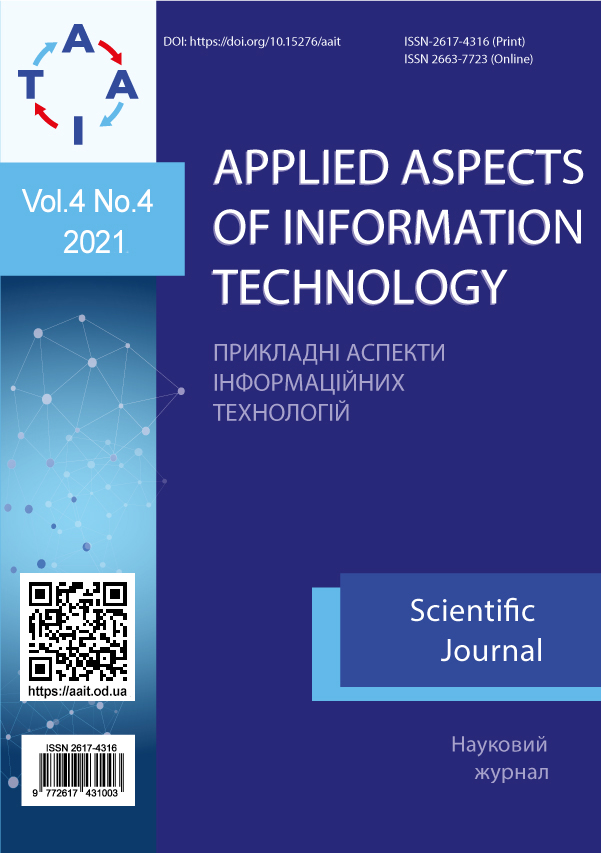Binary classification of small satellites telemetry data based on deep learning approach
Main Article Content
Abstract
The paper presents solutions to the actual problem of intelligent analysis of telemetry data from small satellites in order to detect its technical states. Neural network models based on modern deep learning architectures have been developed and investigated to solve the problem of binary classification of telemetry data. It makes possible to determine the normal and abnormal state of the small satellites or some of its subsystems. For the computer analysis, the data of the functioning of the small satellites navigation subsystem were used: a time series with a dimension of 121690 × 9. A comparative analysis was carried out of fully connected, onedimensional convolution and recurrent (GRU, LSTM) neural networks. We analyzed hybrid neural network models of various depths, which are sequential combinations of all three types of layers, including using the technology of adding residual connections of the ResNet family. Achieved results were compared with results of widespread neural network models AlexNet, LeNet, Inception, Xception, MobileNet, ResNet, and Yolo, modified for time series classification. The best result, in terms of classification accuracy at the stages of training, validation and testing, and the execution time of one training and validation epoch, were obtained by the developed hybrid neural network models of three types of layers: one-dimensional convolution, recurrent GRU and fully connected classification layers, using the technology of adding residual connections. In this case, the input data were normalized. The obtained classification accuracy at the training, validation and testing stages was 0.9821, 0.9665, 0.9690, respectively. The execution time of one learning and validation epoch was twelve seconds. At the same time, the modified Inception model showed the best alternative result in terms of accuracy: 0.9818, 0.9694, 0.9675. The execution time of one training and validation epoch was twenty seven seconds. That is, there was no increase in the classification accuracy when adapting the well-known neural network models used for image analysis. But the training and validation time in the case of the best Inception model increased by more than two times. Thus, proposed and analyzed hybrid neural network model showed the highest accuracy and minimum training and validation time in solving the considered problem according to compared with a number of developed and widely known and used deep neural network models.



